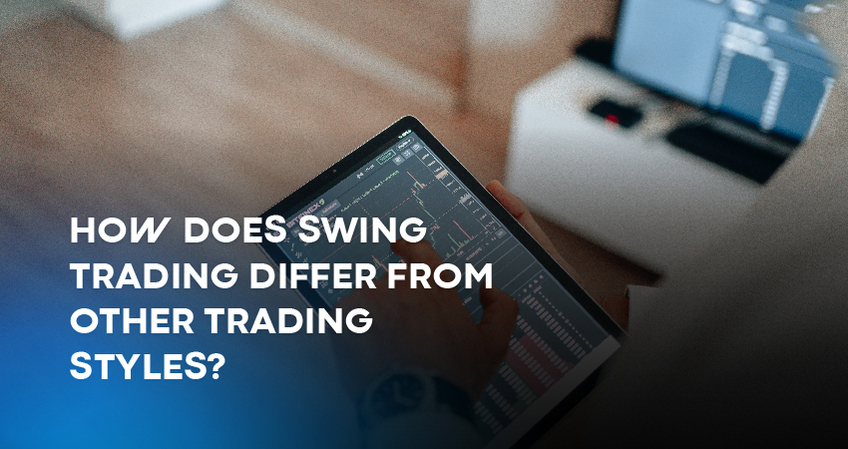How Does Swing Trading Differ From Other Trading Styles?
Swing trading is a trading approach that focuses on taking advantage of short to medium-term price movements in the financial markets. This strategy is about using price fluctuations that occur between established support and resistance levels. Unlike day traders who execute their trades within a day, swing traders usually hold their positions for a few days to several weeks and try to profit from market fluctuations regardless of the general market direction.
To identify potential trading opportunities, swing traders rely on technical analysis tools such as moving averages, trend lines, and chart patterns. These tools help them identify assets with clear price trends and predictable patterns. Once a trading opportunity is identified, swing traders set precise entry and exit points based on breakouts or trend confirmations. They emphasize risk management by using stop-loss orders and appropriate position sizing to limit potential losses.
How Can You Benefit from Swing Trading?
Identifying Swing Trading Opportunities: Swing traders use various technical analysis tools to identify potential trading opportunities. They look for stocks, currencies, commodities, or other tradable assets that exhibit clear price trends and predictable price patterns. Common technical indicators used in swing trading include moving averages, trendlines, chart patterns (such as triangles or double tops/bottoms), and oscillators (like the Relative Strength Index or Stochastic Oscillator).
Establishing Entry and Exit Points: Once a potential swing trade opportunity is identified, swing traders establish precise entry and exit points for their trades. Entry points are often determined when the price breaks out of a consolidation or when a trend is confirmed. Swing traders may set stop-loss orders to limit potential losses if the trade moves against them. Similarly, they set profit targets to lock in gains and exit the trade once the desired price movement has been achieved.
Managing Risk: Risk management is a crucial aspect of swing trading. Traders determine their position size based on their risk tolerance and the potential loss they are willing to accept on each trade. Stop-loss orders are commonly used to automatically close a trade if the price moves against the expected direction beyond a predefined level. Proper risk management helps protect traders from significant losses and preserves capital for future trades.
Monitoring and Adjusting Trades: Swing traders actively monitor their trades while they are open. They may adjust stop-loss levels or take partial profits if the price moves in their favor. Additionally, swing traders stay informed about market news, earnings reports, or other relevant events that could impact the assets they are trading. Being attentive to these factors allows for timely adjustments and informed decision-making.
Advantages and Considerations: Swing trading offers several advantages. It suits traders who do not have the time to actively monitor the markets throughout the day, as swing trades can be managed with fewer transactions. It also allows traders to potentially capture larger price moves compared to day trading. However, swing trading requires patience and discipline, as traders must be willing to hold positions for longer periods and withstand temporary price retracements.

